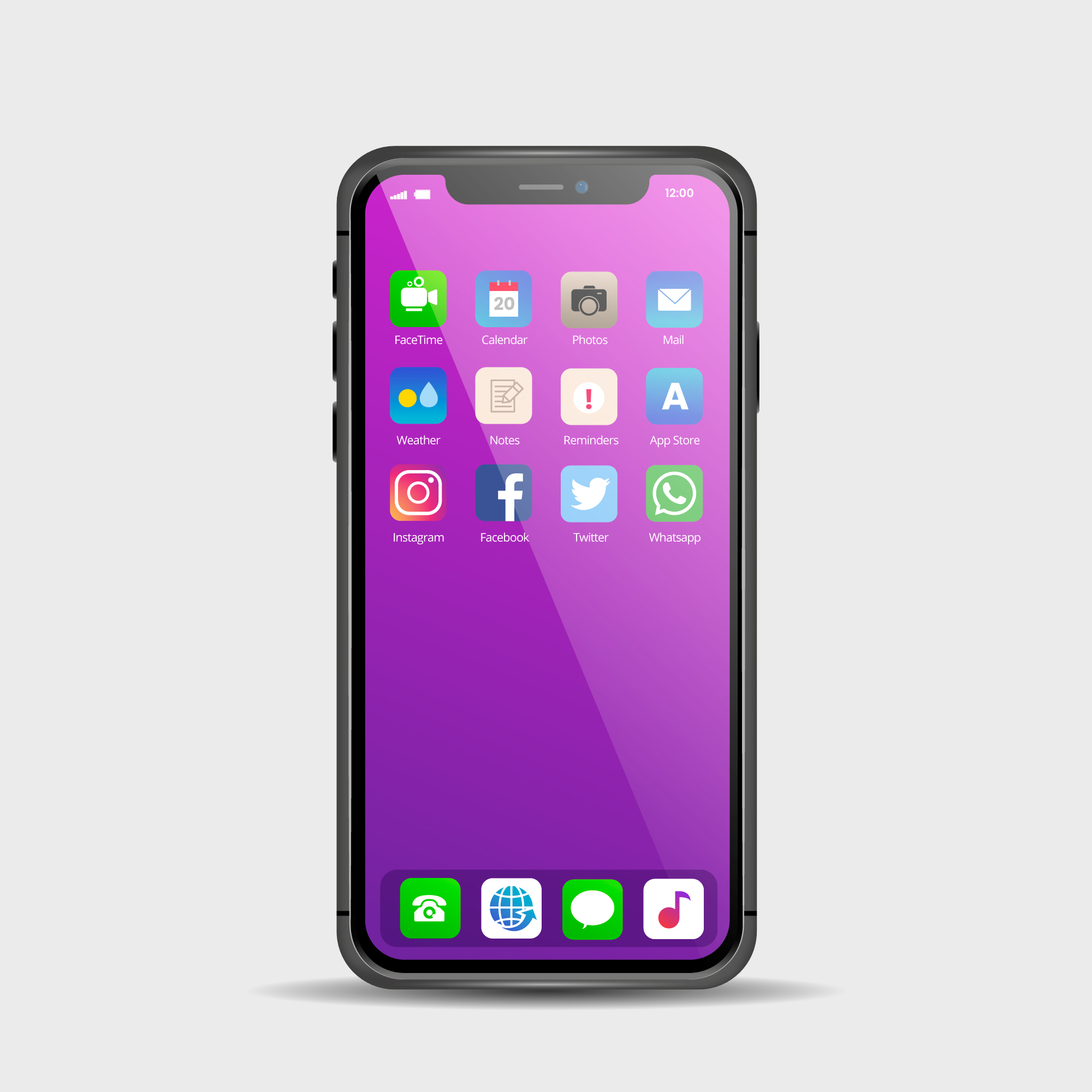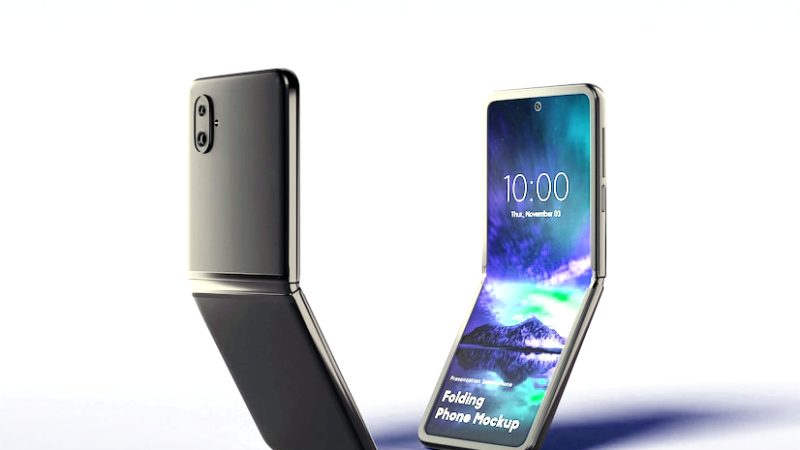Designing for Mobile: Adapting Color Prediction Games to Portable Platforms

As mobile gaming continues to dominate the digital entertainment landscape, game developers face the challenge of optimizing their creations for portable platforms. This holds particularly true for colour prediction games, where transitioning to mobile devices demands thoughtful design considerations. This article explores the fundamental principles of designing colour prediction games for mobile platforms, focusing on adapting game play and visual elements to ensure an engaging and seamless user experience.
Intuitive Touch Controls:
Mobile devices rely on touch controls, necessitating intuitive and responsive interfaces in colour prediction games. Developers should design user interfaces that are easily navigable using touch gestures, ensuring players can make predictions effortlessly. Incorporating swipe, tap, or drag controls that align with the natural movements of fingers enhances the overall accessibility and enjoyment of the game.
Responsive Design for Various Screen Sizes:
The vast array of mobile devices comes with varying screen sizes and resolutions. Designing colour prediction games with responsive layouts ensures the game adapts seamlessly to different screen dimensions. This inclusivity caters to a broader audience, allowing players to enjoy the game on smartphones and tablets without compromising the visual or functional aspects of the gameplay.
Optimal Color Contrast for Visibility:
Colour prediction games heavily rely on the distinction between different hues. On mobile devices, where screen size and brightness settings can vary, it’s crucial to maintain optimal colour contrast for visibility. Developers should choose colour schemes that enhance visibility on smaller screens and under different lighting conditions, preventing confusion and ensuring a straightforward gaming interface.
Streamlined Game play for On-the-Go Sessions:
Mobile gaming is often associated with on-the-go entertainment, requiring colour prediction games to offer streamlined and engaging game play experiences. Developers should consider designing levels or challenges that can be completed in shorter sessions, allowing players to enjoy the game during brief intervals such as commutes or breaks. This adaptability to mobile lifestyles enhances the game’s appeal and accessibility.
Offline Accessibility:
Mobile users may only sometimes have a stable internet connection. Developers should incorporate offline game play features in colour prediction games to accommodate varying connectivity. Allowing players to enjoy the game without needing a continuous internet connection ensures accessibility in diverse environments, contributing to the game’s flexibility and overall user satisfaction.
In-App Monetization with User Value:
Monetization strategies on mobile platforms should be user-friendly and add value to the gaming experience. In-app purchases, if included like 91 club app, should enhance the game play rather than disrupt it. Developers can offer cosmetic enhancements, additional challenges, or power-ups as optional purchases; ensuring monetization aligns with user expectations and contributes positively to the gaming experience.
Mobile-Specific Social Features:
Social interaction is a crucial aspect of mobile gaming. Integrating mobile-specific social features, such as easy sharing of achievements on social media platforms or inviting friends to join the game, enhances the sense of community. Mobile-centric features contribute to the game’s virality, attracting new players and fostering a connected community.
Regular Updates and Maintenance:
Mobile gaming platforms require continuous attention to ensure compatibility with evolving operating systems and devices. Developers should commit to regular updates and maintenance, addressing compatibility issues, and introducing new content to keep the game fresh. This commitment to ongoing improvement maintains player interest and contributes to the game’s longevity on mobile platforms.
Conclusion:
Designing colour prediction games for mobile platforms requires a holistic approach that considers mobile gamers’ unique characteristics and preferences. From intuitive touch controls and responsive design to optimal colour contrast, streamlined game play, and mobile-specific social features, developers must tailor their designs to suit the dynamic and on-the-go nature of mobile gaming. By embracing these principles, developers can create colour prediction games that captivate and engage players on the ever-expanding landscape of mobile gaming, providing a seamless and enjoyable experience on portable platforms.






